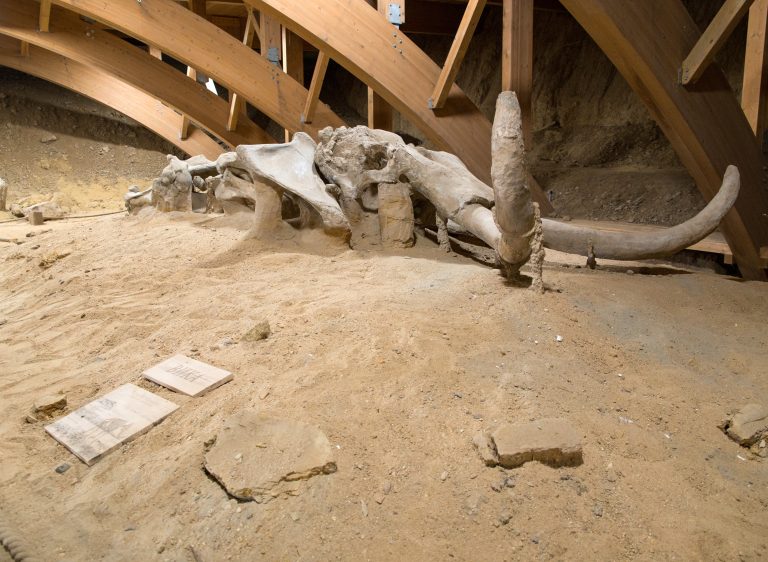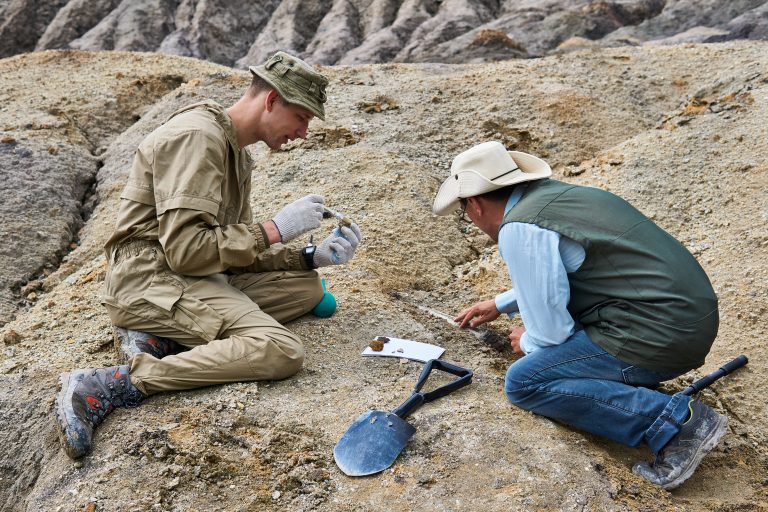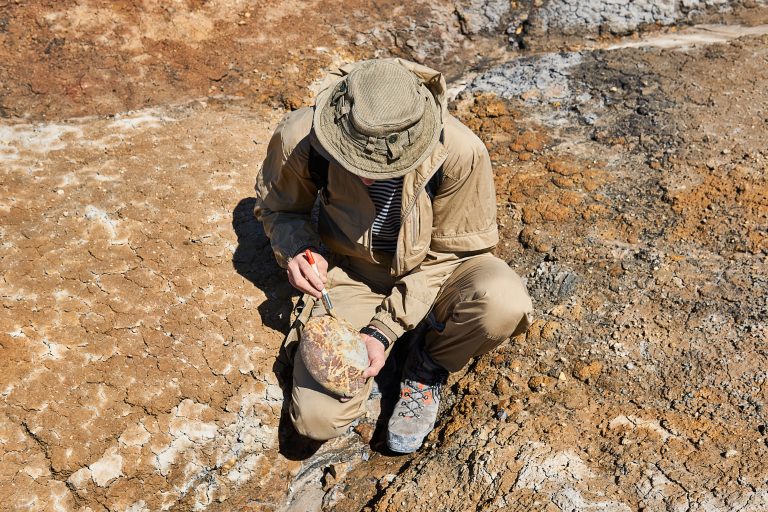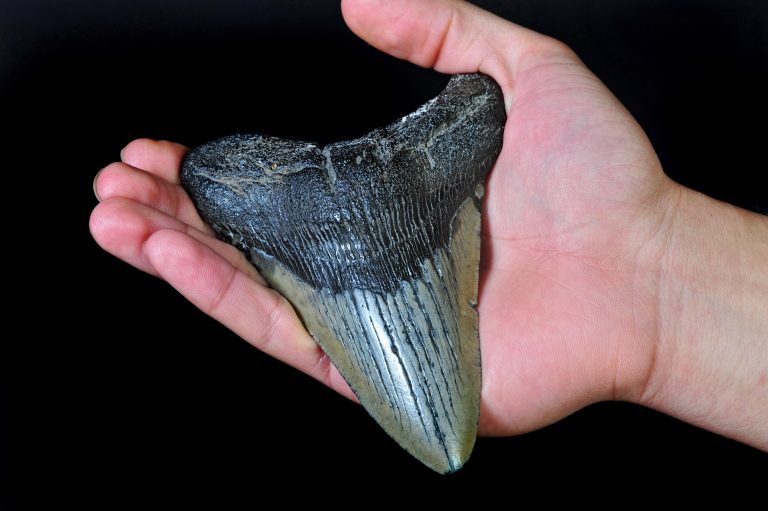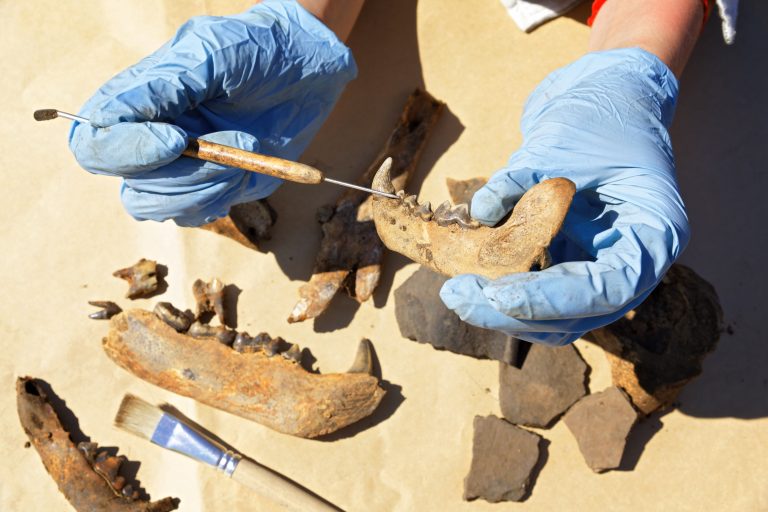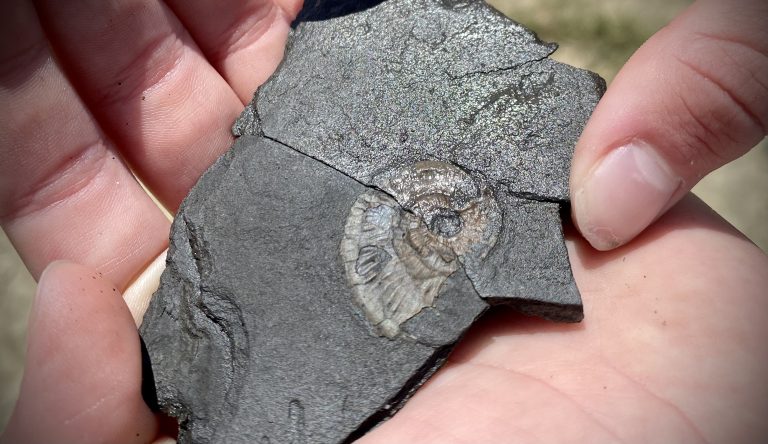5 Essential Tips for Paleontology Trip Weather Prep
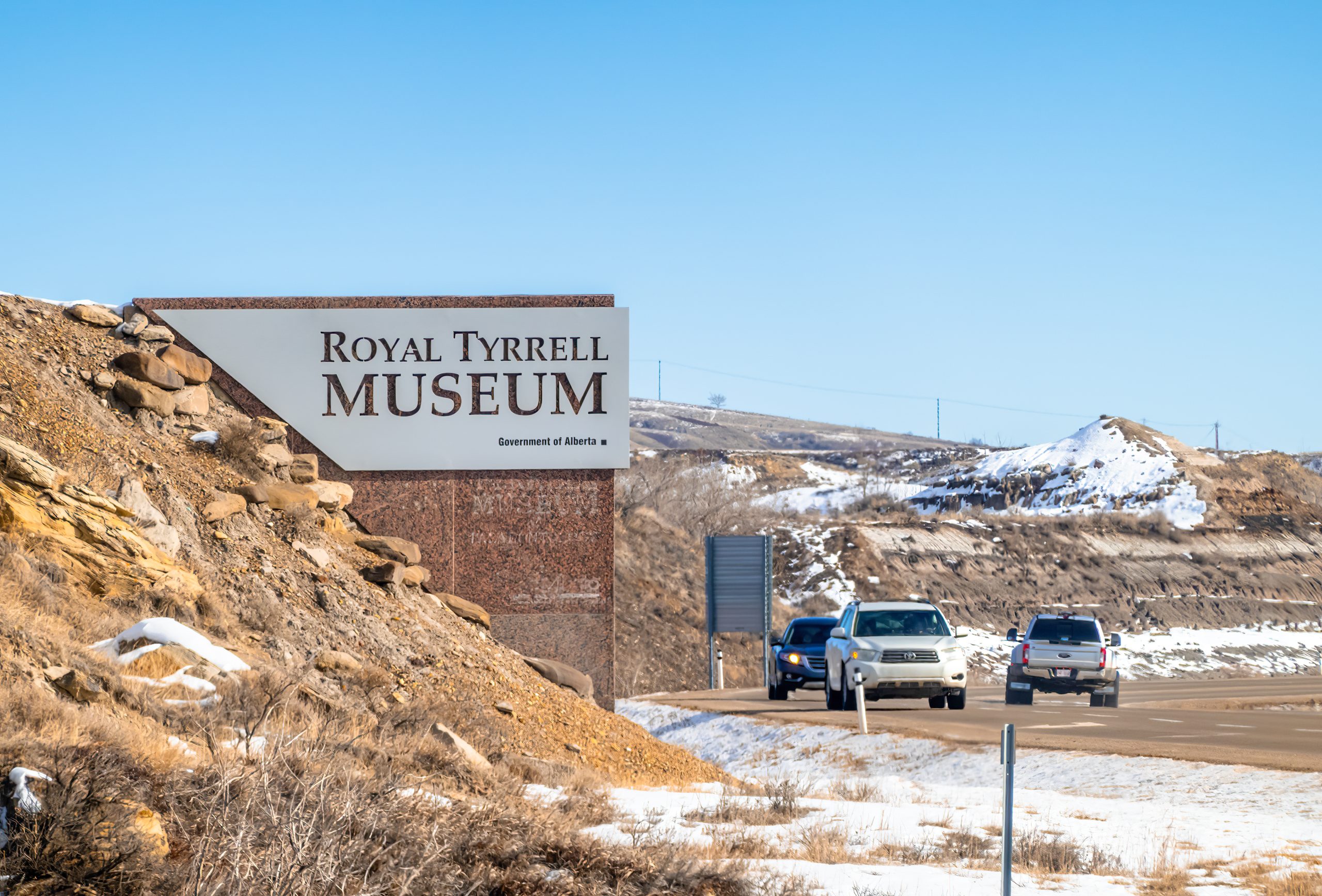
Embarking on a paleontology trip is like stepping into a time machine, but the weather doesn’t care about the past—it’s as unpredictable as a Velociraptor’s mood. Whether you’re digging in the Badlands or surveying the Gobi Desert, these tips will ensure Mother Nature won’t catch you off guard.
1. Assessing Climate Zones
When you’re planning to visit ancient worlds, remember that our planet’s climate zones are as varied as the creatures that once roamed them. Check out the Koppen climate classification for your destination to know what to expect; it’s a handy technical term that categorizes the world’s climates. Think of climate zones as the setting for your adventure—you wouldn’t wear flip-flops to a snowball fight, right?
Knowing the climate zone will help you pack. For instance, tropical climates might call for lightweight, breathable clothing, while arid zones demand moisture-wicking fabrics to keep you dry. Always have a plan B; sometimes the weather likes to throw a curveball, and you don’t want to be stuck in a downpour wearing only a sunhat.
Lastly, don’t forget to consider altitude. Higher elevations can be tricky, with temperatures dropping quicker than a T-Rex after a meteor strike. Even if you’re going to a generally warm area, those mountaintop fossil sites can get chilly, so pack accordingly. It’s better to have it and not need it than to need it and not have it (that’s my motto).
Hey hey! Don’t forget to subscribe to get our best content 🙂
2. Seasonal Weather Trends
Seasons can be as fickle as a pack of Gallimimus, so knowing the local weather trends is crucial. For instance, if you’re planning a trip to Patagonia, you’d want to avoid the windy and cold winter unless you’re a fan of being blasted with snow while you search for dinosaur bones.
Spring and fall are often the best times for paleontology expeditions, offering a balance of mild weather and reduced tourist crowds. However, these seasons can also bring unpredictable weather, so staying informed about the local patterns is key. Remember, it’s not just about comfort—it’s about safety too.
In some regions, summer can be brutally hot, making it challenging to work during peak sun hours. Conversely, winter digs might require you to thaw the ground before you can even start. Always check historical weather data for your destination, and keep an eye on the forecast as your trip approaches (you’ll thank me later).
3. Packing for Temperature Shifts
Deserts can be deceiving with scorching days and freezing nights, so pack layers like you’re a walking geological column. Start with a base layer that wicks away sweat, add an insulating middle layer, and top it off with a windproof and waterproof shell. Trust me, layers are your best friend when the sun sets and the temperature drops faster than a fossil under sediment.
For those midday temperature spikes, make sure your clothing is versatile. Zip-off pants are a godsend, and they transition from pants to shorts quicker than you can say “Pachycephalosaurus.” Lightweight, long-sleeved shirts protect you from the sun while keeping you cool.
Don’t forget about your extremities. A good hat can shield your noggin from the midday heat, and gloves can keep your fingers nimble when the mercury dips. Remember, comfort equals productivity, and you can’t unearth prehistoric secrets if you’re shivering like a mammal in the Ice Age.
4. Rain Gear Essentials
Rain on a dig site can turn your excavation into a mud wrestling match, so a high-quality rain jacket is a must. Look for something durable with sealed seams that can withstand a downpour. Ponchos might look goofy, but they’re amazing for a quick cover-up and can be easily stowed away.
Waterproof pants are your second line of defense. They’ll keep you dry and can be slipped on over your regular gear. And let’s talk about waterproof boots—get a pair with a good grip. They’ll keep your feet dry and prevent you from slipping and sliding around like a Diplodocus on ice.
Lastly, pack a few dry bags for your gear and electronics. There’s nothing worse than a soggy field notebook or a waterlogged camera. Keep your essentials dry, and you’ll be as happy as a Spinosaurus in a swamp.
5. Protecting Against Sun Exposure
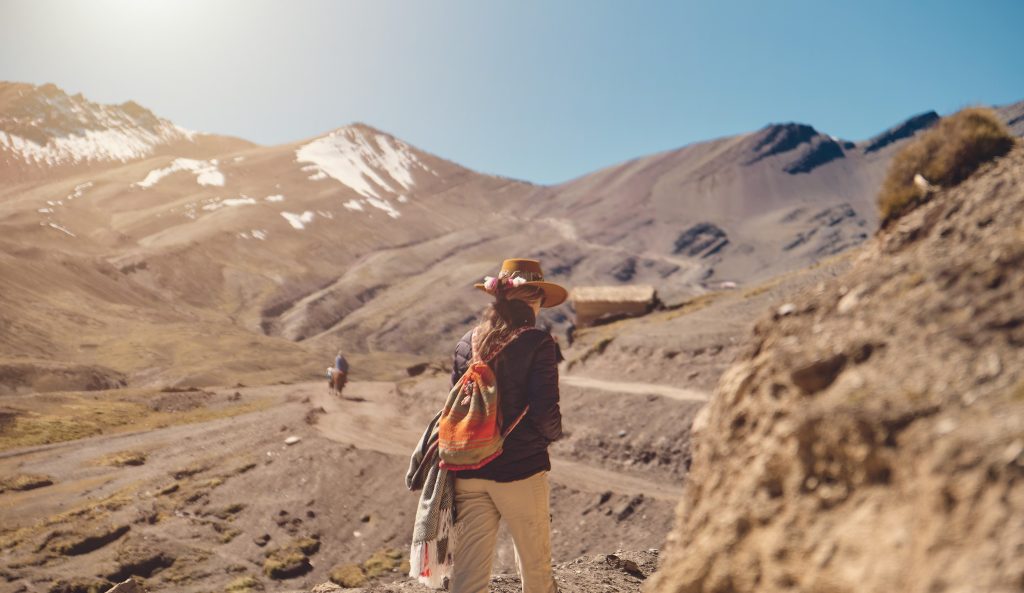
The sun can be a relentless beast, scorching the earth like it’s got a personal vendetta. A broad-brimmed hat is your first shield against its fiery wrath, providing shade for your face and neck. And don’t skimp on the sunscreen—apply a broad-spectrum SPF 50+ like it’s your armor against an invisible enemy.
Sunglasses are more than a fashion statement; they’re your defense against UV rays that can be as blinding as a sandstorm. Go for a pair with 100% UV protection and wrap-around styles to block out peripheral light. And don’t forget your lips—chapstick with SPF can save you from looking like you’ve been gnawing on cacti.
Lastly, consider sun-protective clothing. Many brands now offer shirts, pants, and even gloves with built-in UV protection. It’s like having a secret weapon against the sun’s relentless assault, and it can make the difference between a comfortable dig and a sunburnt nightmare.
6. Staying Hydrated in Heat
When you’re out in the field, water is your best pal—think of it as the life-giving river in a desert of dry bones. Hydration packs are fantastic for keeping water on hand without having to stop every time you need a sip. And they come in sizes big enough to last through a day of digging and dust.
Electrolyte tablets or powders can be a game-changer. They help replace salts lost through sweat and can keep you from feeling as drained as a dried-up riverbed. Pop a few in your bag; they’re as vital as your hammer and chisel.
And here’s a nifty trick: freeze a few water bottles overnight. They’ll act as ice packs to keep your lunch cool, and as they melt, you’ll have a refreshing drink. Just don’t forget to drink regularly, even if you’re not feeling thirsty—dehydration can sneak up on you like a stealthy Velociraptor.
7. Wind Conditions and Gear
Wind can be as unpredictable as a herd of stampeding Triceratops, turning a calm day into a blustery challenge. A windbreaker is essential; it’s lightweight, doesn’t take up much space, and can save you from a gusty assault. Look for one that’s also water-resistant, so you’re prepared for whatever the skies throw at you.
For setting up camp or working on a dig, secure your gear with weights or stakes. You don’t want your tent taking off like a Pteranodon caught in a gale. And keep a bandana or dust mask handy—when the wind whips up the dust, you’ll be grateful for the protection.
Lastly, anchor your finds and tools. A fossil fragment caught in a strong gust could mean a precious piece of history lost forever. Be vigilant and always respect the wind’s power; it’s a force as old as the hills you’re digging in.
8. Cold Weather Layering Tips
Digging in the cold can feel like you’re chipping away at an Ice Age glacier. Start with thermal underwear—think of it as your anti-freeze. Then, add layers of fleece or wool for insulation. These materials are like a warm hug from a woolly mammoth.
Your outer layer should be a sturdy, insulated jacket that can fend off the cold like a fortress. Make sure it’s roomy enough to accommodate all your layers without restricting movement. You want to be able to swing that pickaxe without feeling like a frozen statue.
Don’t forget a warm hat, insulated gloves, and thermal socks. These small items can make a huge difference in keeping your body heat from escaping faster than a dinosaur fleeing a tar pit. Keep extremities warm, and your fossil hunting won’t turn into a freeze-frame.
9. Tech Tools for Weather Tracking

In today’s world, technology is as essential to an expedition as a good pair of boots. Weather apps can be your crystal ball, giving you forecasts and alerts right at your fingertips. Choose one with radar features so you can see what’s brewing over the horizon.
Satellite messengers and GPS devices can be lifesavers in remote areas. Not only can they keep you on the right path, but they can also send out SOS signals if the weather turns treacherous. And let’s not forget about portable weather stations; they’re like having your meteorologist in your backpack.
Remember to keep your gadgets charged. Solar chargers are brilliant for long trips away from power outlets. They soak up the sun’s rays (when it decides to show up) and keep your tech juiced up and ready for action.
10. Dealing with Extreme Weather
Extreme weather can strike with the ferocity of a prehistoric predator, and being prepared is your only defense. In case of a severe storm, have an emergency plan in place. Know where to find shelter and keep a compact emergency kit with you—it should include a whistle, flashlight, and some basic first aid supplies.
If you’re caught in a heatwave, take breaks often and seek shade whenever possible. Heatstroke isn’t a joke—it can knock you down harder than a tail swipe from an Ankylosaurus. And if cold snaps hit, keep moving to maintain body heat, but don’t overexert yourself. You’re not trying to outrun a Saber-toothed cat, after all.
Lastly, always listen to the locals and heed their advice. They know the land’s moods better than anyone. When they say it’s time to pack up, don’t argue—nature has a way of humbling even the most experienced explorers.
With these tips under your belt, you’re ready to tackle any weather challenges that come your way. Remember, a successful paleontology trip isn’t just about the finds—it’s about the journey, the preparation, and respecting the elements. Now go out there and unearth history, but always keep one eye on the sky!

